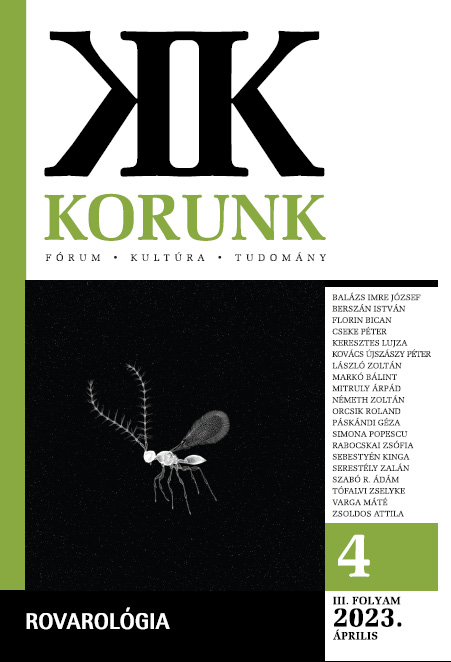A méhek kakukkjai: fortélyos bölcsőparaziták
Cuckoo Bees: Cunning Brood Parasites
Author(s): Zoltán LászlóSubject(s): Evaluation research, Human Ecology
Published by: Korunk Baráti Társaság
Keywords: kleptoparasitism; brood parasitism; solitary bees; pollinators; Apoidea
Summary/Abstract: Brood parasitism is a well-known behavior. It is widely known through the common cuckoo’s example. But this behavior is exerted also in other animal interactions, like in the case of solitary bees. Solitary bees are important pollinators of flowering plants, also being of great interest because of crop pollination. A solitary bee female prepares usually a number of brood cells filling them with pollen, then placing eggs into them. The emerging larva will develop on this amount of pollen. But several bee species exploit this resource in a kleptoparasitic way: cuckoo bee females lurk upon the entrances of solitary bee tunnels or nests until the caring and pollen collecting bee female leaves for another amount of food for its broods, then ambushes into the deserted nest and replaces the host egg with its own. This kind of behavior is a common one among the solitary bees, being observed in the case of every bee family. The aim of the article is to summarize the most common kleptoparasitic interaction found mostly in the continental Europe, but also in a larger area.
Journal: Korunk
- Issue Year: 2023
- Issue No: 04
- Page Range: 98-104
- Page Count: 7
- Language: Hungarian

